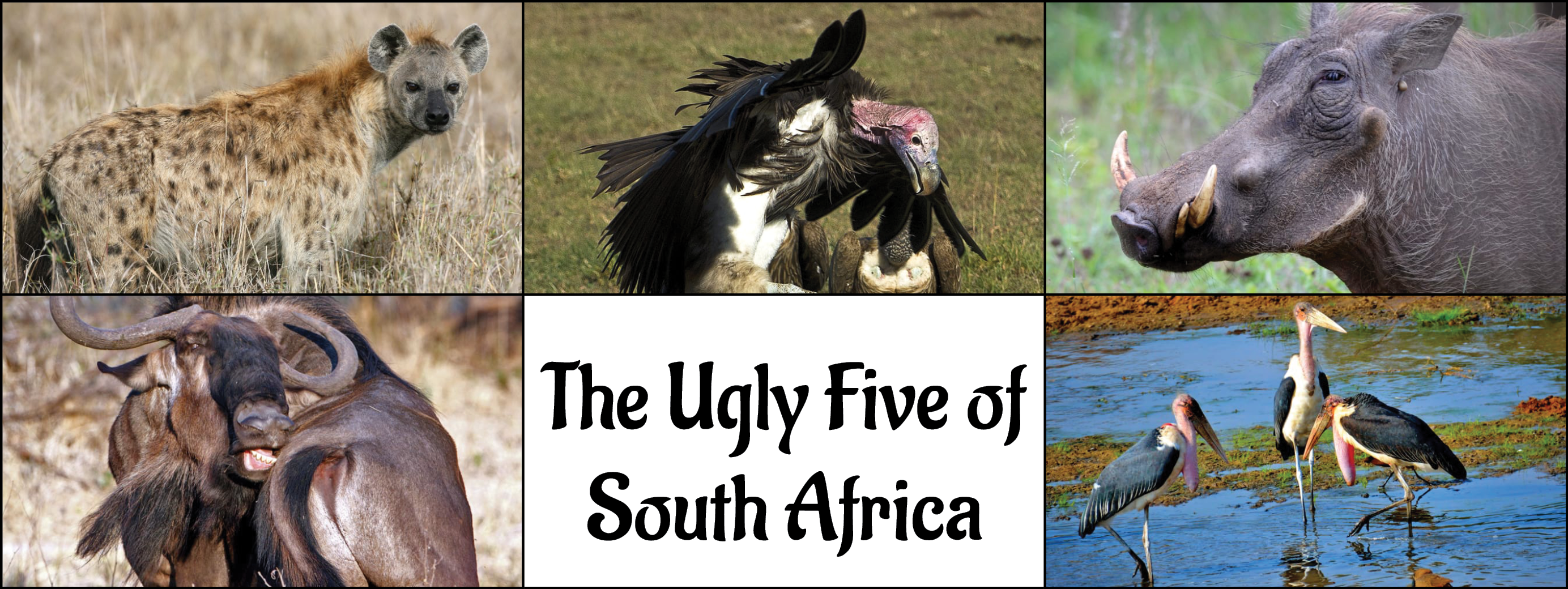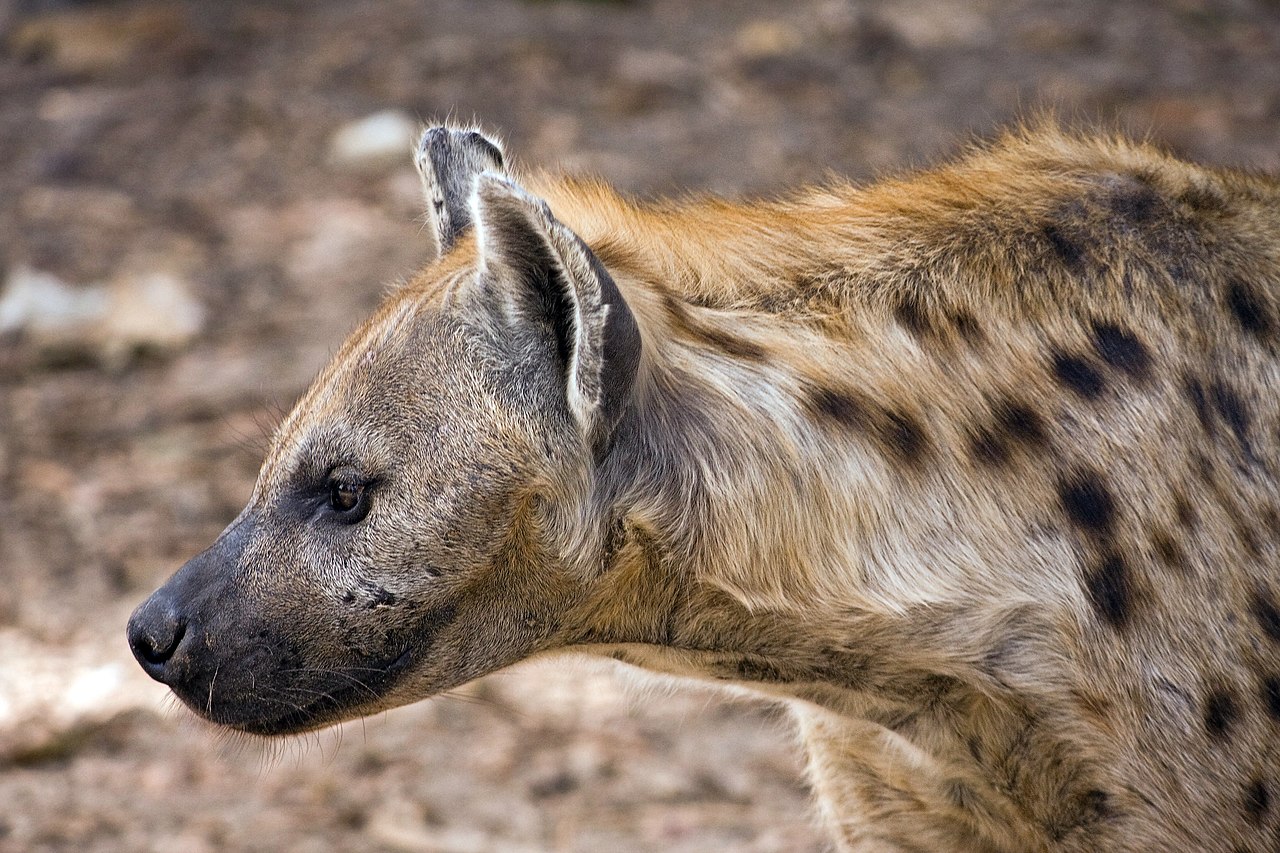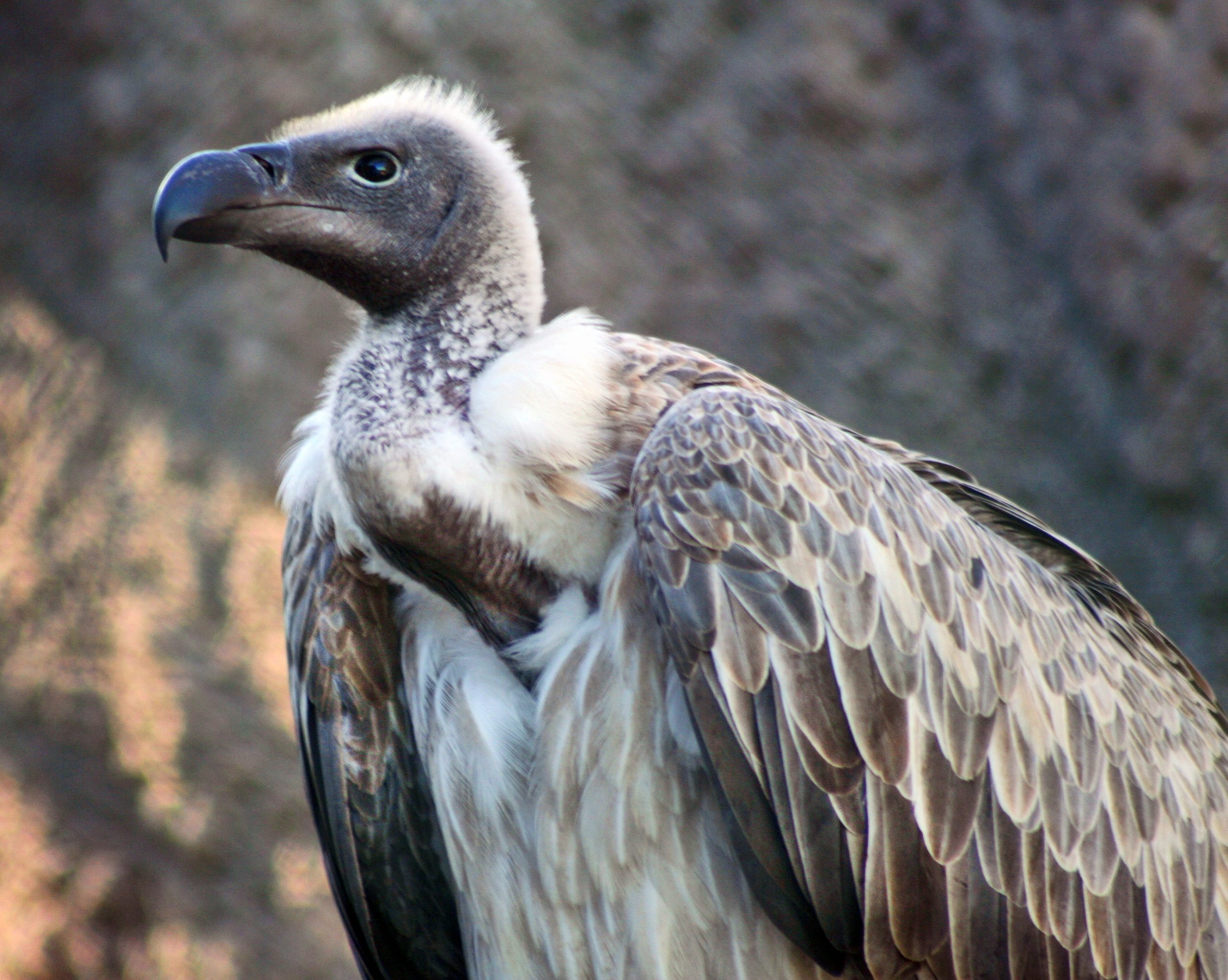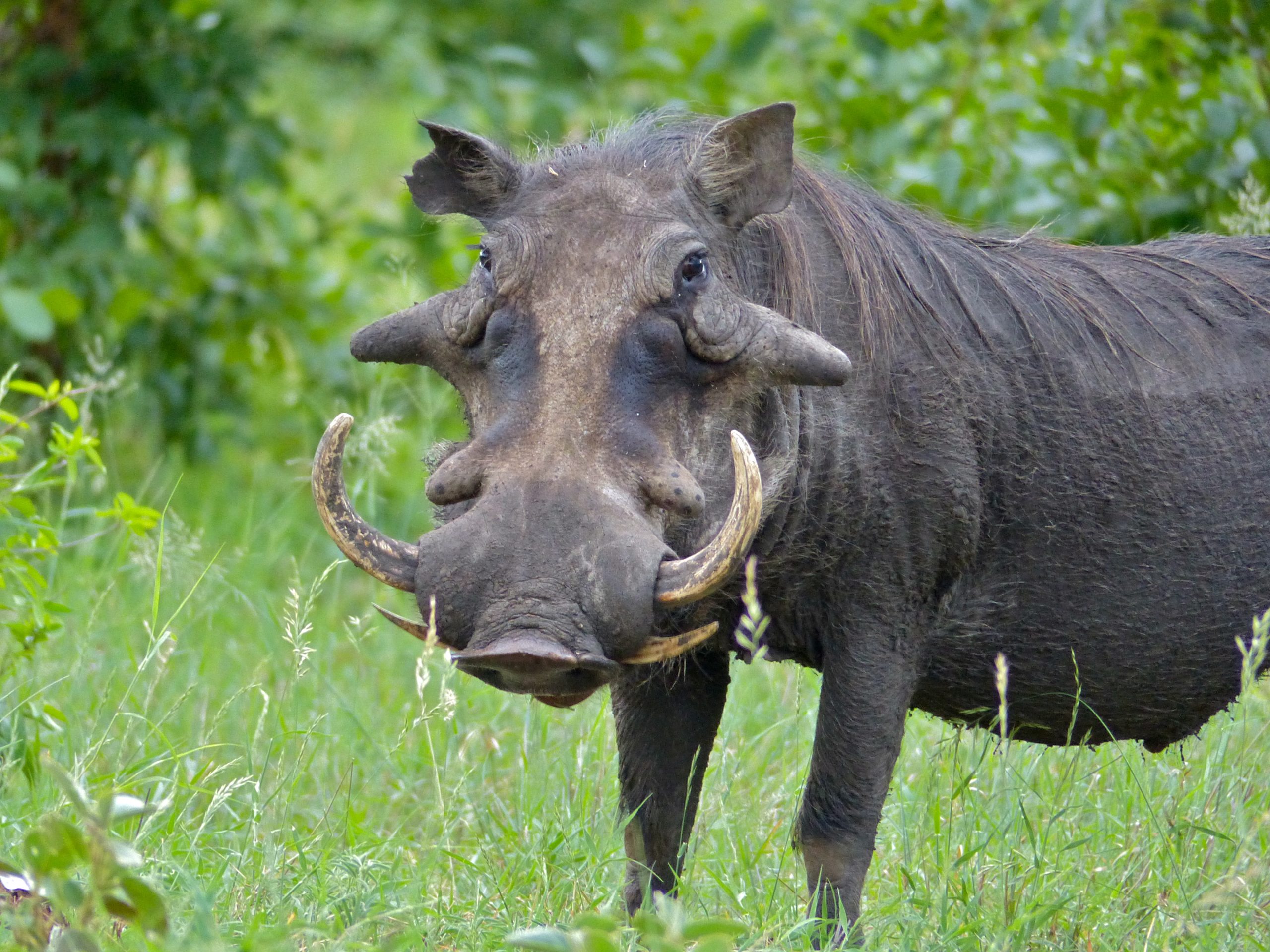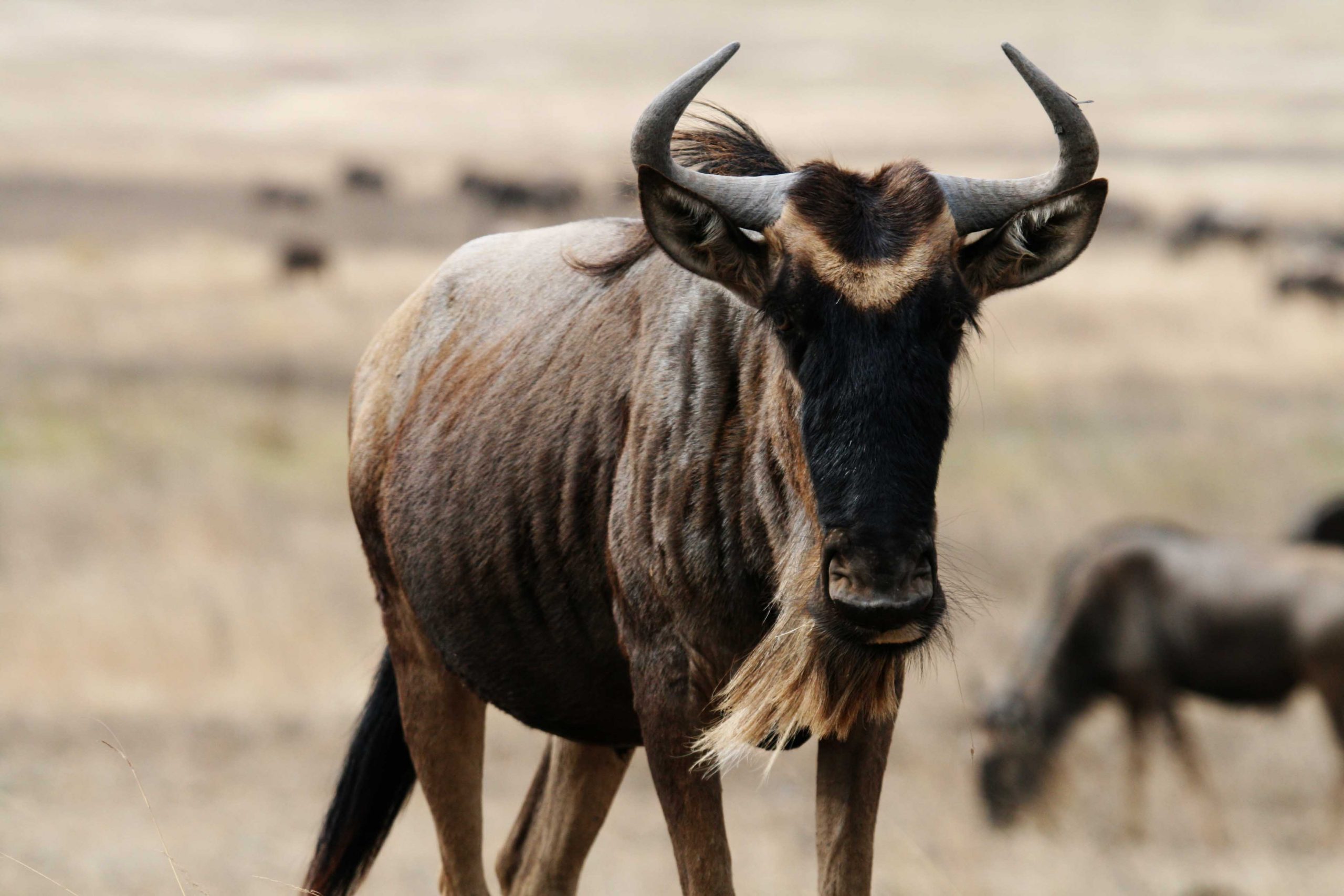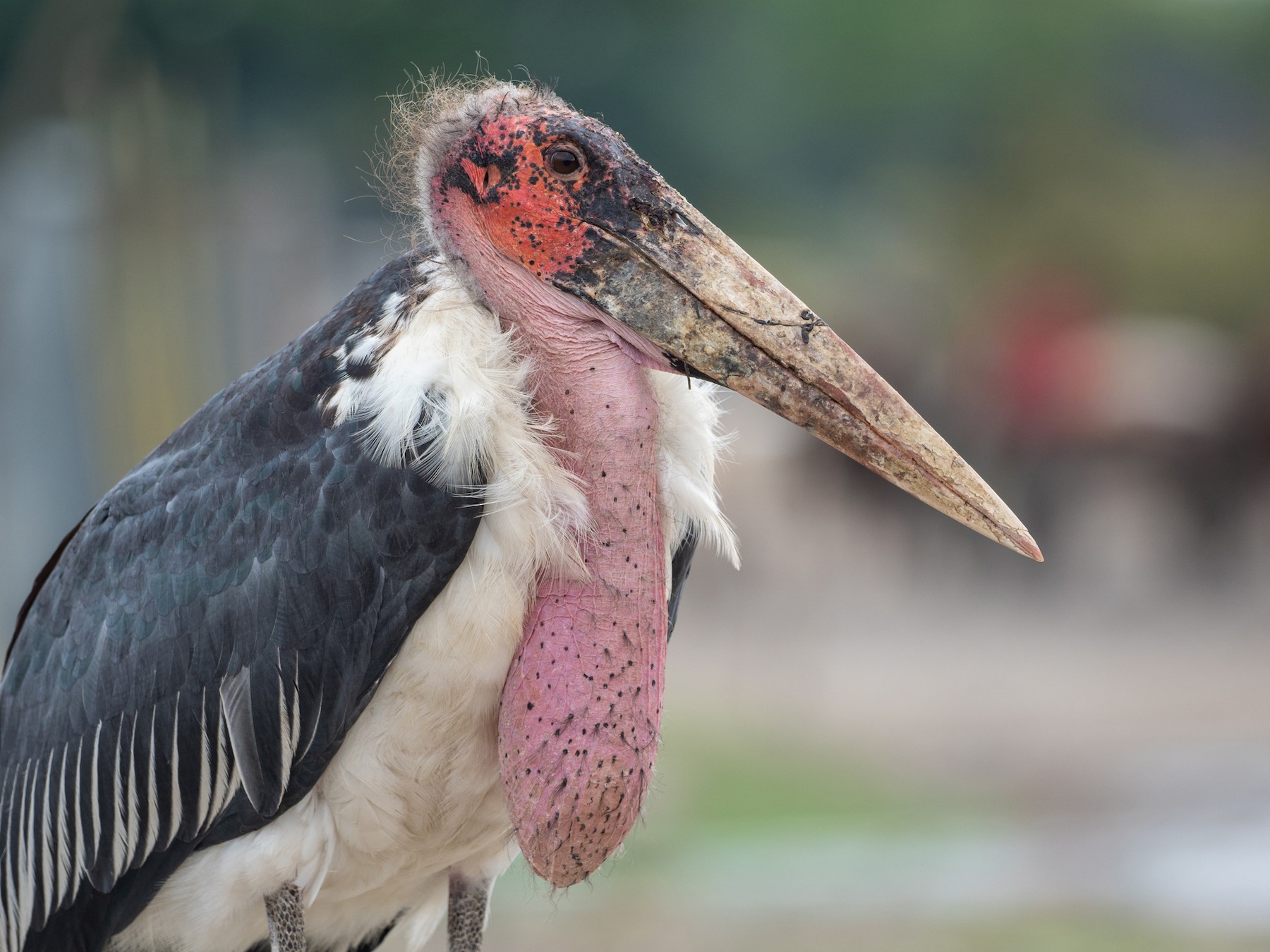Why are they called the Ugly Five? Put three scavengers and two vegetarians together and you get five creatures. Give them all a slightly awkward appearance, and you get the Ugly Five. This group has been selected this rather rude title due to their awkward looks.
Well, by now, you should be familiar with the “Big 5”: rhino, buffalo, elephant, leopard, and lion. Hopefully, you have also heard about the “Little 5”. The little 5, or small 5, as some may define then, includes the rhinoceros beetle, buffalo weaver, elephant shrew, leopard tortoise, and ant lion.
These species may be ugly looking, but they play an important role in the environments found in Southern Africa. The African bush, simply would not be the same without them.


